The 3rd International Yeditepe Biennial, held in the historic venues of Istanbul, concluded on June 18. Offering contemporary reinterpretations of classical Turkish arts, the biennial’s finale once again highlighted the powerful connection art builds between past and present.
Bringing together the deep-rooted traditions of art with today’s intellectual tendencies, the 3rd International Yeditepe Biennial bid farewell to its visitors on June 18. Held under the auspices of the Presidency of the Republic of Türkiye and organized in collaboration with the Fatih Municipality and the Classical Turkish Arts Foundation, the biennial presented a compelling cultural proposition regarding classical Turkish arts through a wide-ranging program hosted in Istanbul’s historical core.
Now in its third edition, the Yeditepe Biennial was more than just an art event—it served as a bridge between the aesthetic values of the past and the interpretive frameworks of the present. The biennial’s central disciplines—including Islamic calligraphy, illumination, miniature, ceramics, paper marbling (ebru), and bookbinding—were approached not simply as heritage to be preserved but as living languages to be rethought, reinterpreted, and reconstructed.
Rooted in the multilayered historical fabric of Istanbul, the biennial underscored this approach through its choice of venues. Exhibitions and events were held in madrasahs, inns, mosques, tombs, and cisterns of the Fatih district, creating a unique context where the historical foundations of classical arts merged with contemporary cultural production. In this way, the Yeditepe Biennial connected with its audience not only through the content of the artworks but also through the dialogue established between art and venue.
By inviting visitors to move beyond passive spectatorship and become active participants in the process, the biennial offered a rich, multifaceted program that included exhibitions, talks, panel discussions, artist meetings, workshops, and film screenings. Through these events, classical arts expanded beyond academic boundaries to reach a broad cross-section of society. Thanks to direct engagement from art lovers, students, young people, and the curious public, the biennial evolved into a living and growing structure.
For artists, the Yeditepe Biennial provided an interdisciplinary platform where they could both reconnect with tradition and reshape their work through contemporary approaches. In particular, it offered young artists the opportunity to become acquainted with the aesthetic disciplines of classical arts and to reinterpret that heritage through new lenses. The biennial demonstrated that classical art possesses the flexibility and creative capacity to respond to the questions of today.
As part of Fatih Municipality’s vision to protect cultural heritage and integrate it into public life, this event aimed to leave a lasting mark on Istanbul’s artistic memory. The Yeditepe Biennial emphasized that classical arts are not merely narratives of the past but also modes of thinking, forms of expression, and means of social connection. It offered visitors not only visual richness but also intellectual depth.
As the closing date approached, June 18 was announced as the final day for those who had not yet visited the exhibition venues. The high level of interest shown in the exhibitions and events revealed a growing public awareness of the relevance of classical arts within contemporary culture. The biennial once again reminded us that every moment in which art meets society can become an opportunity for learning and rethinking.
The 3rd International Yeditepe Biennial leaves behind not just artworks or exhibitions, but an approach, a perspective, and a cultural orientation. This multilayered artistic gathering, rising from the historical foundations of Istanbul, concluded with a vision that regards classical arts not merely as tradition but as a language to be rebuilt through the lens of the present. Aiming to carry the aesthetic legacy of the past into the cultural fabric of the future, the Yeditepe Biennial may be seen not as a conclusion, but as the beginning of new intellectual horizons.





.jpeg)
.jpeg)
.jpeg)
.jpeg)
.jpeg)
.jpeg)
.jpeg)
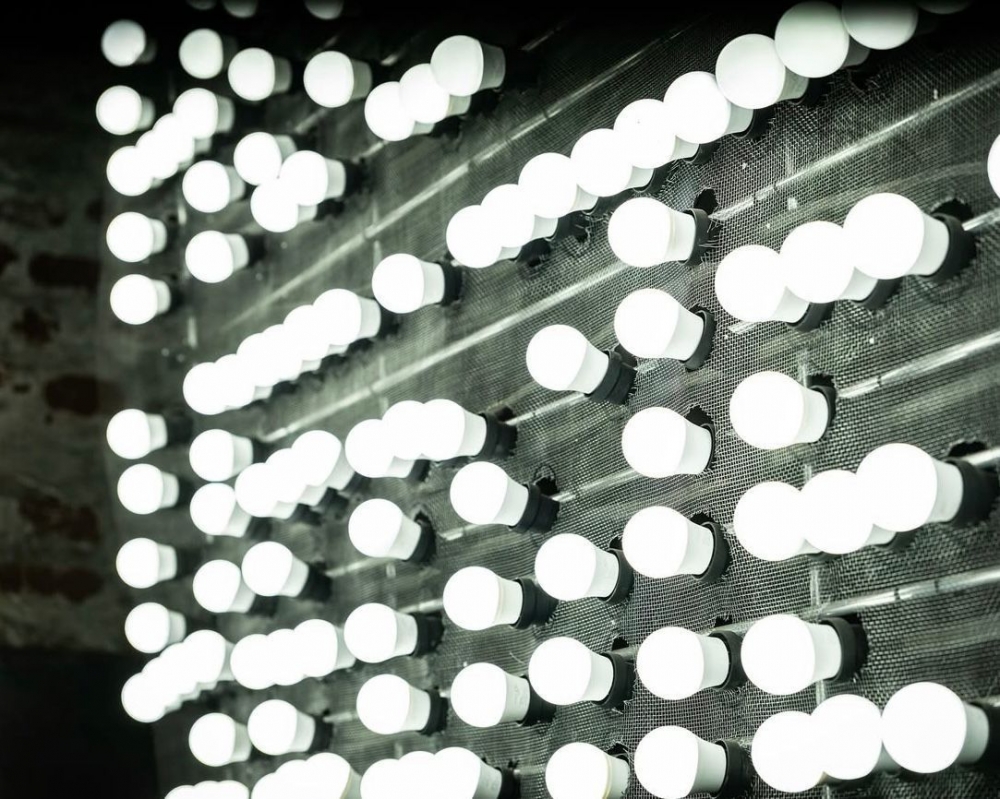
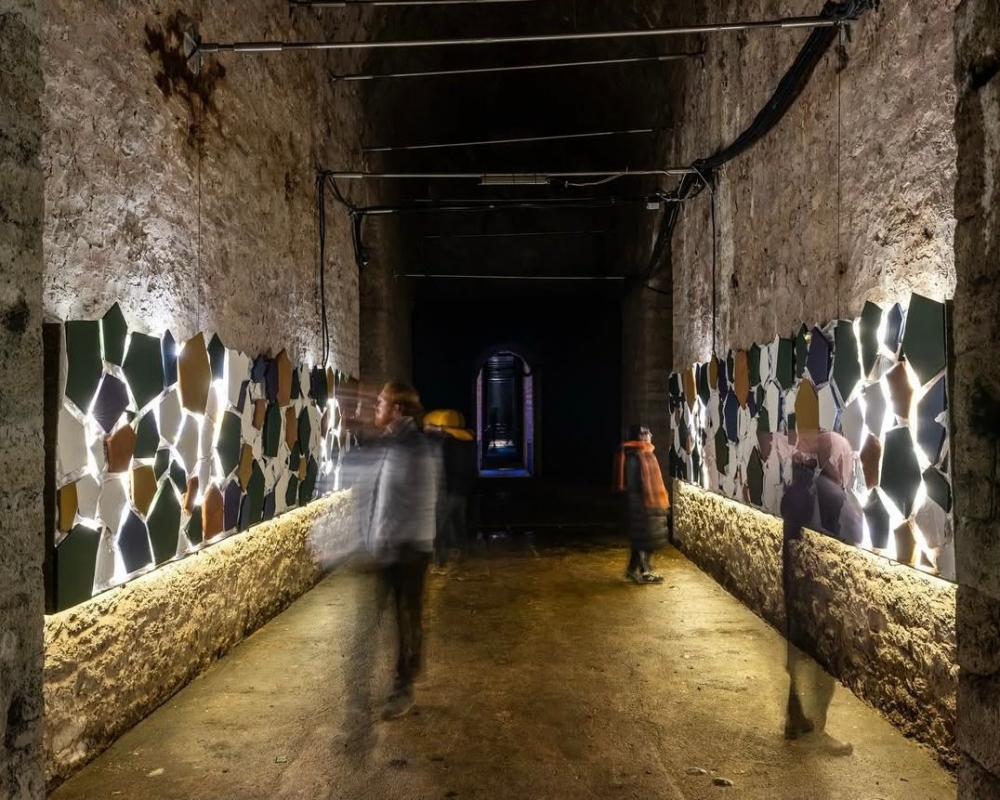
.jpeg)
.jpeg)
.jpeg)
.jpeg)
.jpeg)
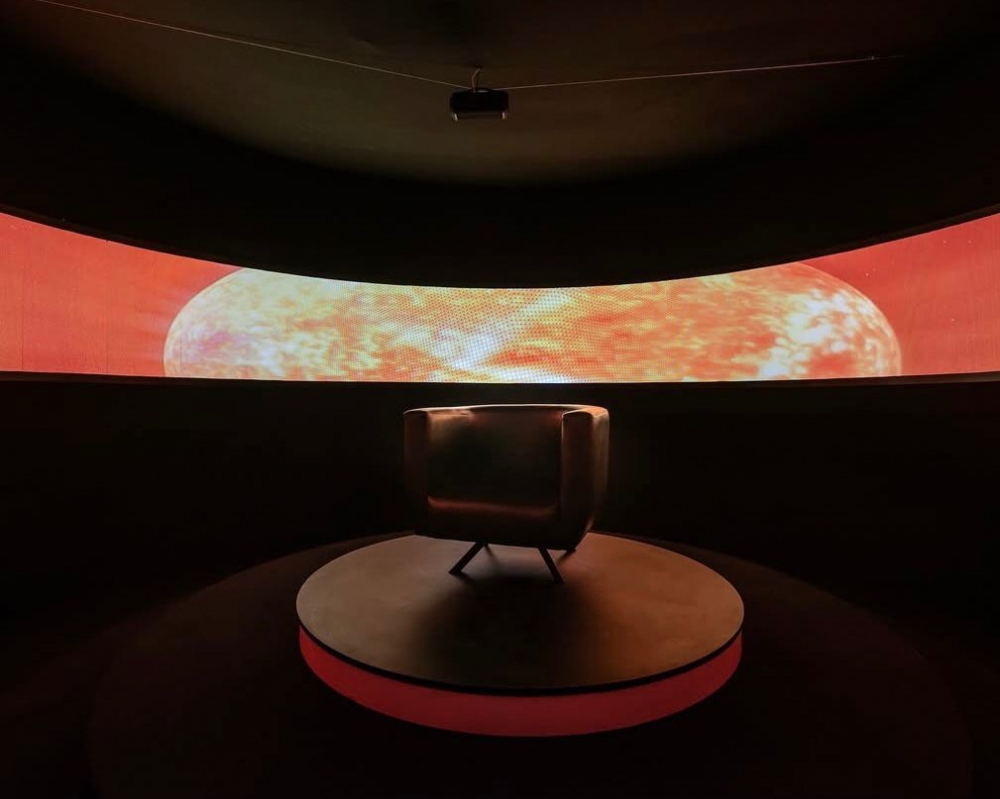
.jpeg)
.jpeg)
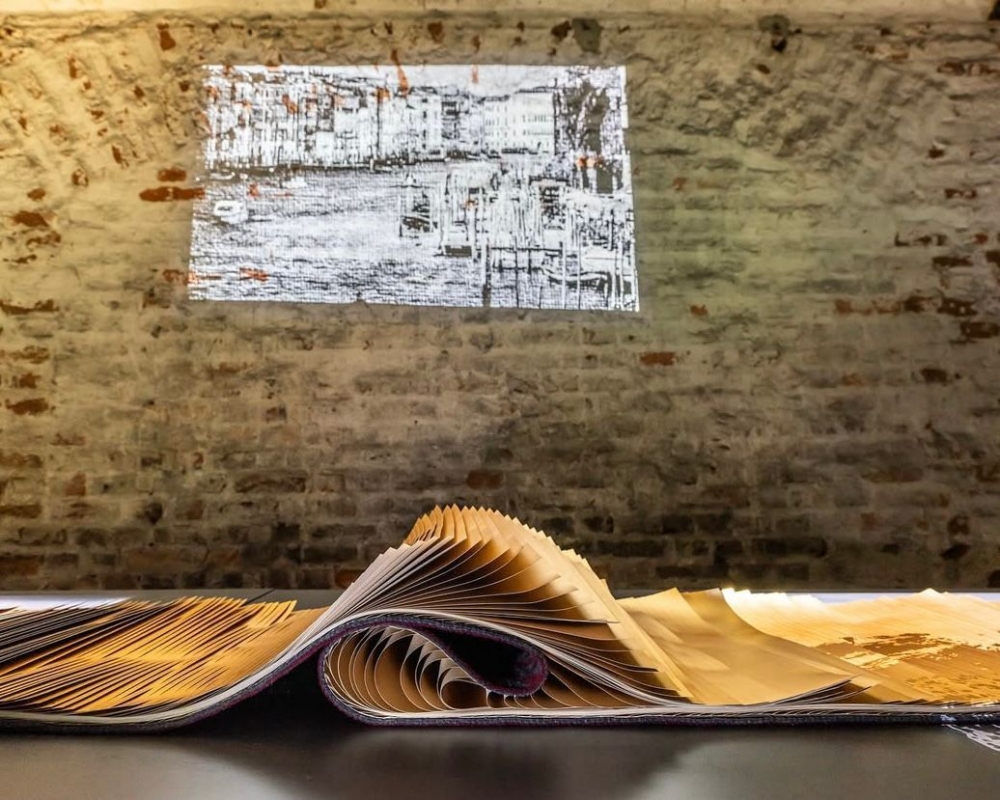
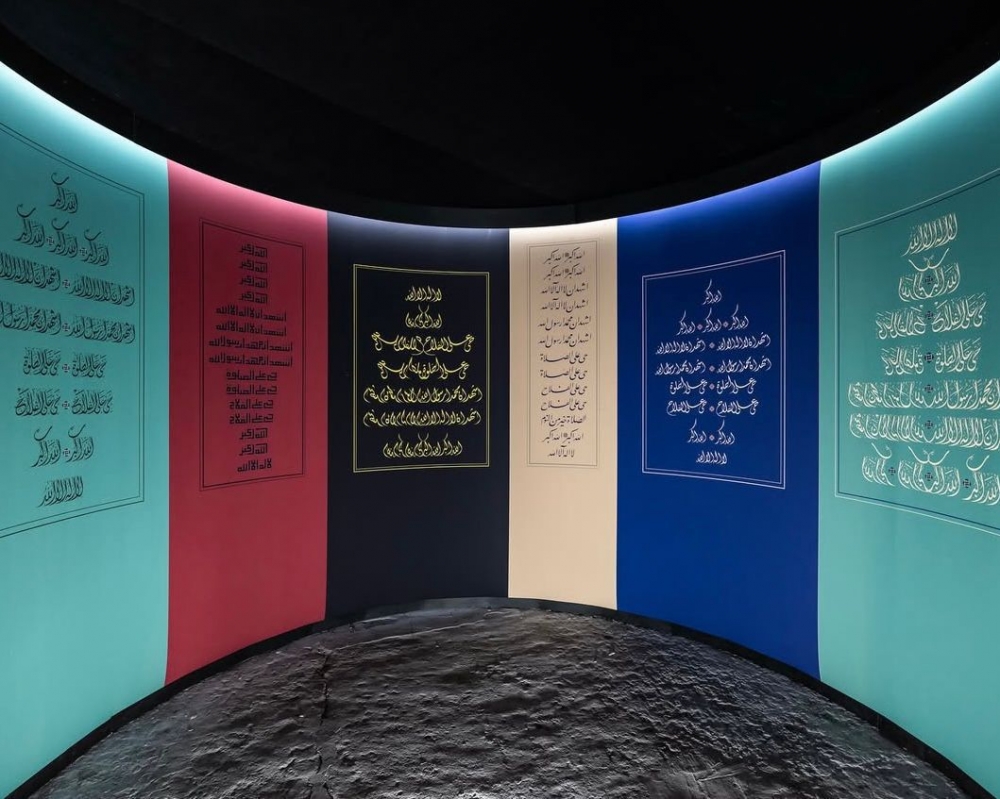
.jpeg)

